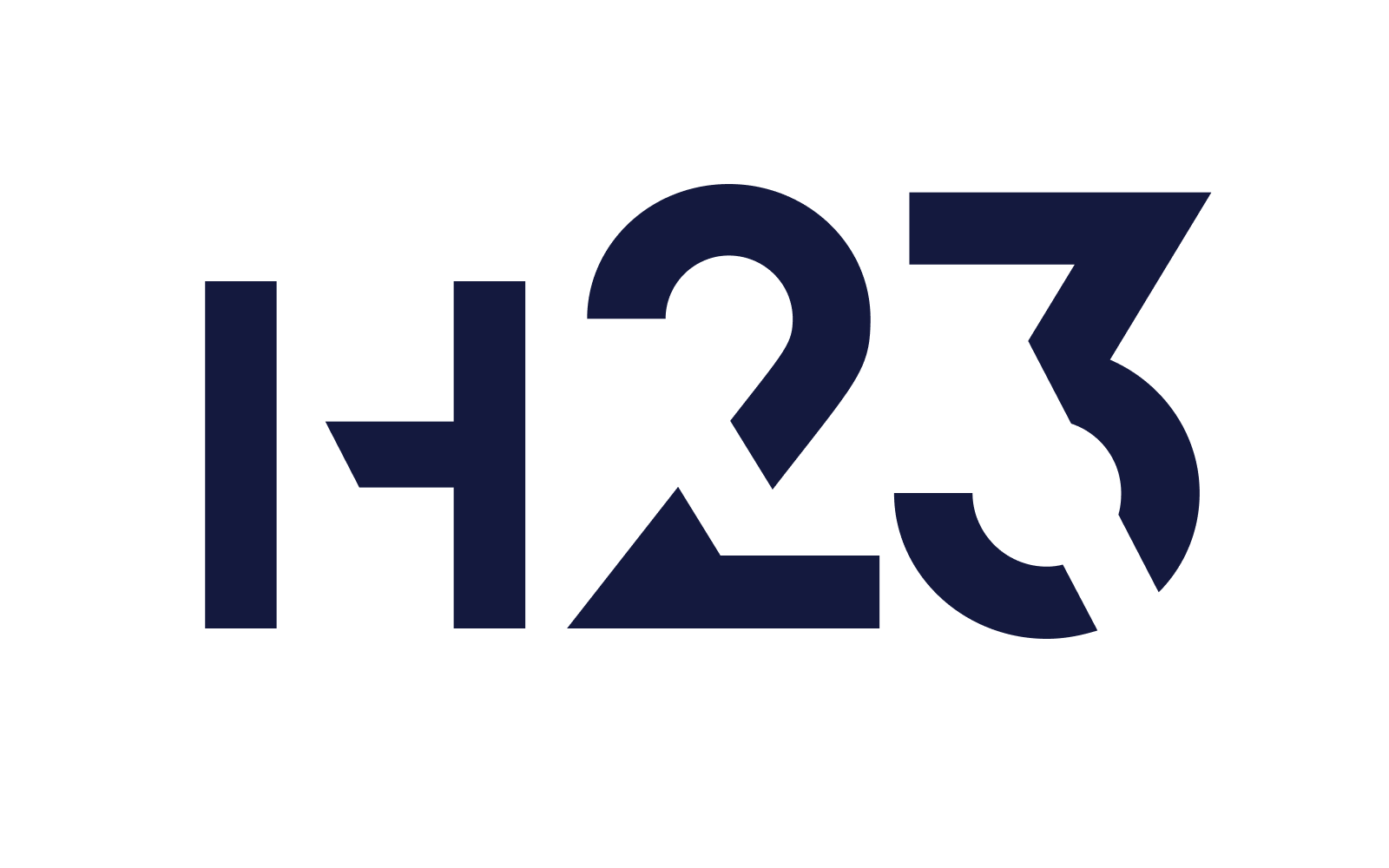Ambitious goals without strategic readiness are not inspiring. They’re dangerous. The organization’s readiness is a critical. Helping people to figure out HOW they can work in the new reality is a starting point.
Strategy vs. targets: why ambition alone isn’t enough?
Knowing what we want to achieve and when is very important. It positions a flag which the organization should aim at. But setting up the goal doesn’t mean that the job is done.
As Michael Porter emphasized, it is critical to set up strategy that can align activities into a coherent value chain. Without a simple, easy to understand strategy, targets exist in a vacuum. And there’s little that connects them to execution, quickly resulting in communications fracture, contradictory priorities between departments and finally stagnation or decline of KPIs. In short, opposite to what was intended!
Silo mentality
Studies show that nearly 80% of companies operate in deeply entrenched silos, yet only 20% know how to dismantle them. Add to it overstretched targets and you will quickly get into management crisis. Siloed teams often pursue their own aims, leading to misalignment, redundant efforts, and even burnout.
A silo mentality, where teams don’t collaborate well and avoid – intentionally or not – sharing information, cripples efficiency and damages morale. Typically, the siloed teams have no access to broader context and, even if they struggle to do their best in their daily work, they often go against the others within the organization. In many B2B firms it has been observed that silos destroy growth, deteriorate revenue, and prevent customer centricity. Far beyond squabbles between departments, silos erode innovation, damage culture, and inflate costs.
In knowledge-driven companies, workers spend roughly 12 hours per week chasing dispersed information. That’s more than a full working day lost to inefficiency! Forrester supports this: fragmented data and tools stall scalability unless unified by an enterprise-wide strategy.
Playing with two pedals: acceleration and break.
Growth targets are often defined in terms of profit or EBIT (earnings before interest and taxes). That makes perfect sense from a shareholder perspective. But in the short term, it can create a conflicting situation. On one side, pushing for top-line growth — whether through new customer acquisition, cross-sell, or upsell—requires upfront investments. On the other, to protect EBIT, the CFO is under pressure to reduce costs. Who’s right? How do you reconcile these two objectives?
Sometimes it might be possible, but in most cases – as a senior executive – you will need to decide as no one can have it all. You can’t pursue mid- to long-term growth while aggressively cutting costs at the same time. And if you choose to optimize for short-term performance, then stop pretending that long-term investments are “strategic”. Alignment and consistency are critical. You need to be clear about what matters most and what you are willing to sacrifice.
Don’t push this contradiction down to your teams. It’s not their job to choose. It’s yours. And don’t expect them to deliver on both agendas simultaneously. They are agents, not owners – don’t ask them to pull off a mission impossible.
The diseconomies of scale & need for ambidexterity
It is important to acknowledge that larger organizations can become victims of diseconomies of scale, where at some point the complexity might outweigh the benefits of the management set-up in place. In most of those cases part of the solution will be transforming the business and re-designing it for a different scale of operations, not just fixing its parts randomly.
Whatever the goals are and however the organization works (or doesn’t work) today, it is absolutely critical to be able to constantly evolve and get ready to move to the next big thing. In order to keep the momentum, organizations must nurture their ambidexterity: being able to run current operations with excellence while exploring new growth paths.
How to scale without breaking: a research-grounded framework
- Anchor ambition in strategy & operating models: Follow Porter’s advice and map your business through a cohesive value chain. Use globally recognized frameworks to align high-level goals with day‑to‑day execution.
- Break silos by design: Actively dismantle silos: structure cross-functional teams, unify goals, and realign KPIs. Appoint executive “boundary spanners” to translate and deploy strategy across departments.
- Build data unity: Treat data as a strategic asset, make it accessible, governed, and trusted. Invest in data platforms and literacy.
- Foster ambidextrous culture & leadership: Empower leaders who balance efficiency with innovation, driving both routine excellence and breakthrough initiatives. Reward collaboration and proactive risk-taking, not just execution (which often happens within silos!).
- Embed feedback loops & agile controls: Central leadership must model collaboration — overcommunicating priorities and sharing success stories across divisions is key.
- You can’t rush it: We all have been there when the pressure on delivering results increases, but you can only rush the change as much. Transforming habits and developing new mindset is one of the hardest tasks company faces in scaling its operations.
Before setting aggressive targets, ask yourself:
- Is your business model fit for it?
- Are your teams connected and ready, or isolated and lost?
- Will it help or hinder execution?
- Is there capacity to lead change while performing towards the goal?
Because sometimes, what looks like ambition is actually denial. Denial of the effort needed and what is required to evolve. Denial of the disconnect between hopes and reality. If the business hasn’t been designed to perform, pushing harder won’t deliver results — it will only expose the cracks and destroy the value.
Ambitious goals without strategic readiness are not inspiring. They’re dangerous.
